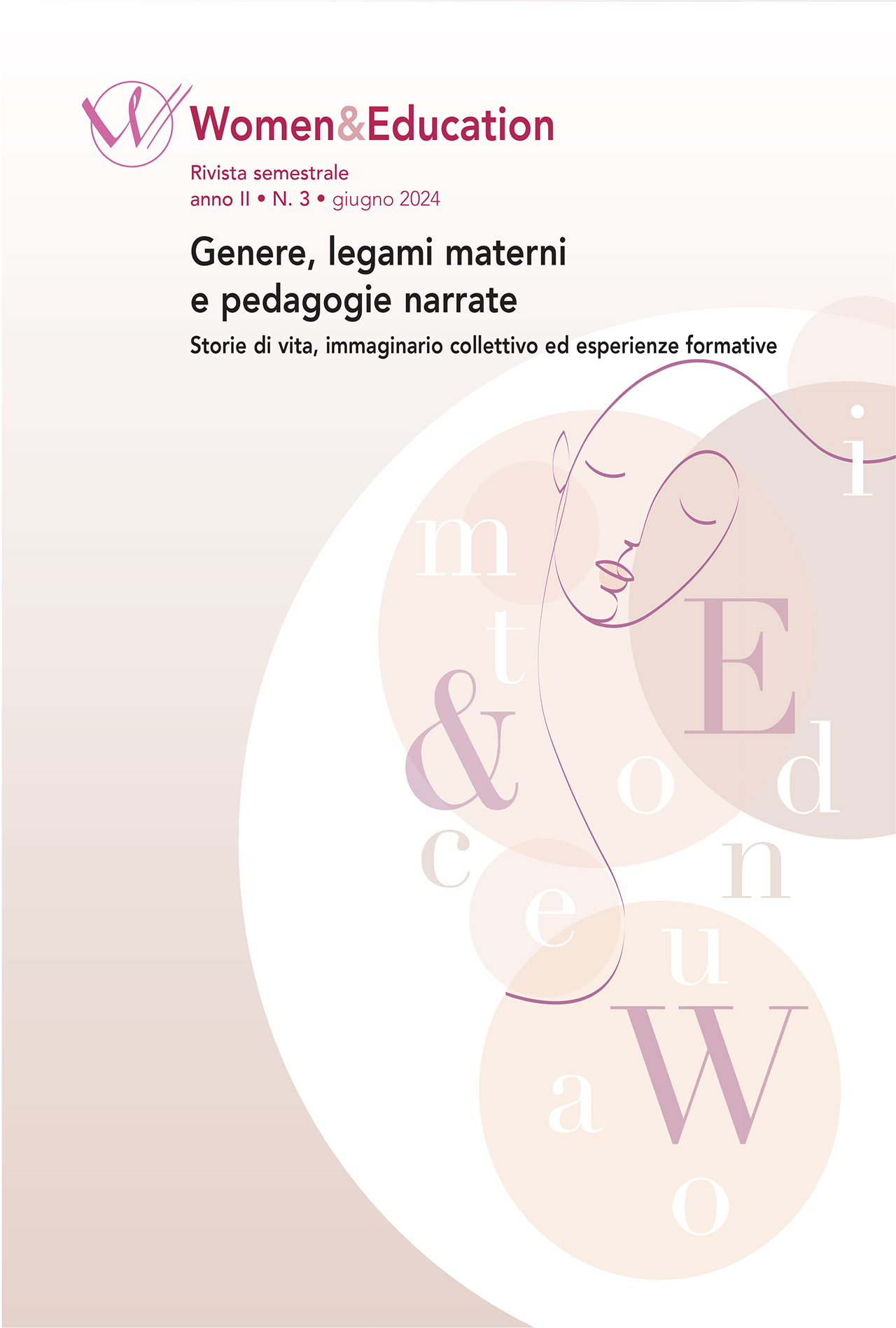Working mothers and motherhood at risk. For a social history of women's work
DOI:
https://doi.org/10.7346/-we-II-03-24_02Keywords:
Maternity at risk, proletarian women, industry, birthrate , care workAbstract
The employment boom of the late 1800s led to women being massively employed in factories, taking them away from the home and family. The new jobs, however, added wage labour to the already existing unpaid work aimed at caring for others and performing within the home, with no return in money, had one in-use value (cultivating fields, raising animals, performing handicrafts). Employment in industry was neither the only nor the most critical form of work for women. They were flanking the gruelling factory shifts with the traditional and main work activity entrusted to them by society: care work. The latter remained a solid constant in women's lives, and non-domestic work was structurally interconnected with the needs and the family economy that women learned to manage from the use of their time divided between productive, reproductive and personal identity needs. That exercised by women has repeatedly been shown to be a “flexibility” that stands out only if one connects wage labour with other essential variables such as demographics, birth/mortality rates, family history and in particular the transformations that have affected not only the size of household aggregates but especially the quality of care work. Such flexibility, however, has for a long time not been reflected either in the workplace or in society, forcing the female world into actual balancing acts in order to be able to fulfil the role of motherhood that is often invisible to employers and for a long time unprotected by institutions.
Downloads
Published
Issue
Section
License
Copyright (c) 2024 Women&Education

This work is licensed under a Creative Commons Attribution 4.0 International License.

